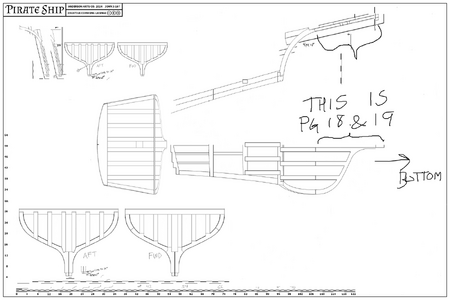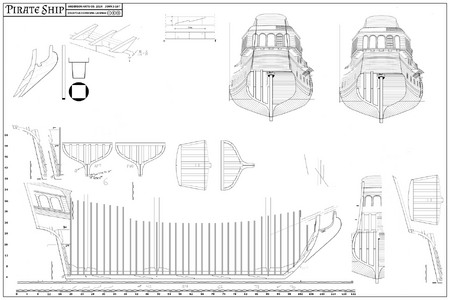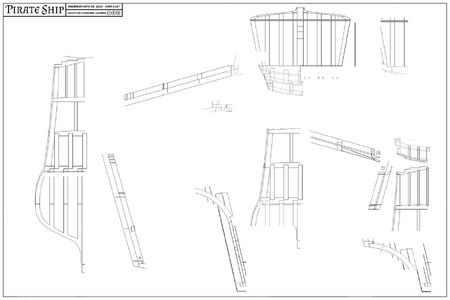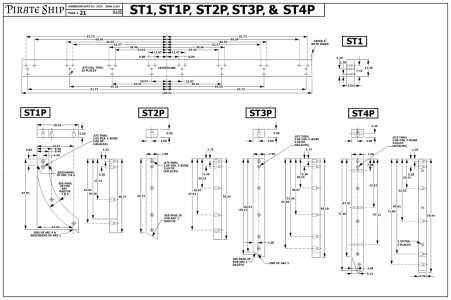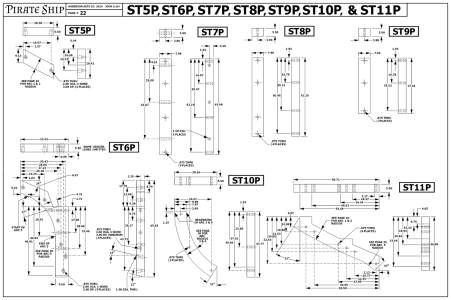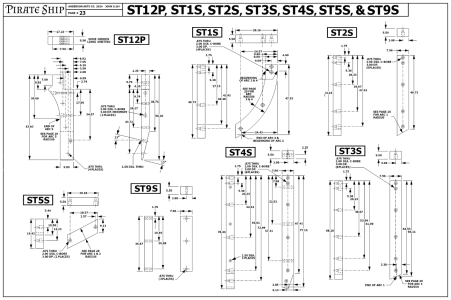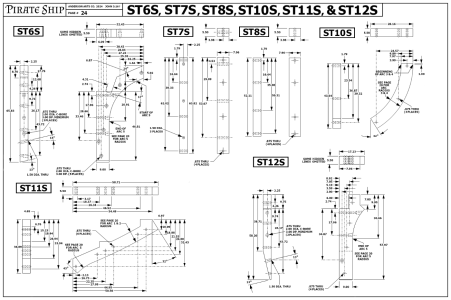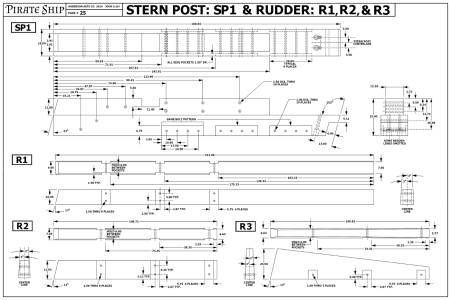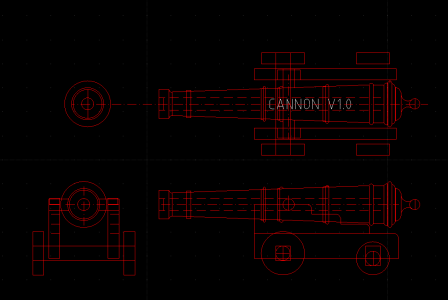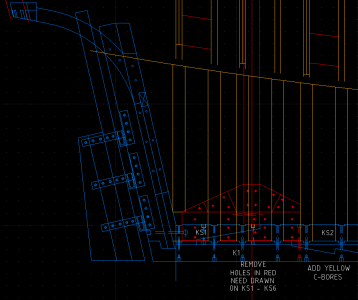UVSaturated Your concepts are very interesting and thanks again for sharing your work, it is appreciated.

I totally get the idea of saving money on wood and using stainless steel instead of iron or wooden treenails on a full size ship.
Are you a naval architect? I am so used to the centuries old tried and true designs and scantlings from, Deane, Sutherland, Murray/(Monceau), Steel, that any unproven designs for a full size 17th or 18th century sailing ship would be very scary to me. Then again most, if not all, of us here are modelers so using the classic designs of the masters might make more sense.
Regardless, your drafting skills are top notch and your ideas are interesting to study. I imagine you would have had some great conversations with those old designers if we could do a little time travel!
Allan

